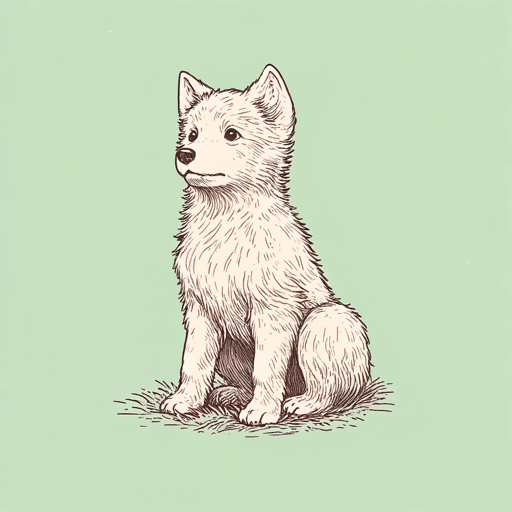49 pages • 1 hour read
Holly Black, Cassandra ClareThe Iron Trial
Fiction | Novel | Middle Grade | Published in 2014A modern alternative to SparkNotes and CliffsNotes, SuperSummary offers high-quality Study Guides with detailed chapter summaries and analysis of major themes, characters, and more.
Background
Critical Context: Tropes and Stereotypes of Magical Schools
Critics have pointed out The Iron Trial’s significant similarities to J. K. Rowling’s Harry Potter series. Like Harry Potter, Call learns that he has magical abilities and is sent to a mysterious, magical boarding school, where he learns to control and use his magical abilities. As in the case of Harry Potter’s Hogwarts, The Iron Trial’s Magisterium is a well-guarded secret from non-magical individuals, as are the respective magical worlds more broadly; magical individuals live secretly within the non-magical world. Furthermore, in both stories, magic most often emerges in the children of magical individuals but can occur in families with no other magical members. Both schools manage to contact these non-magical families and ensure that their children are allowed access to a magical education.
Furthermore, the two series share similar characters. Jasper is immediately presented as a haughty antagonist who makes rude remarks to Call, much like Harry’s competitor and antagonist, Draco Malfoy. As in Harry Potter, Call conquers Jasper in tests of the students’ skills and abilities, conforming to the trope of good triumphing over evil. Furthermore, like Harry Potter’s Hermione, Tamara is a high-achieving and ambitious female student who eventually learns that breaking rules is sometimes necessary in the pursuit of good.
Related Titles
By these authors
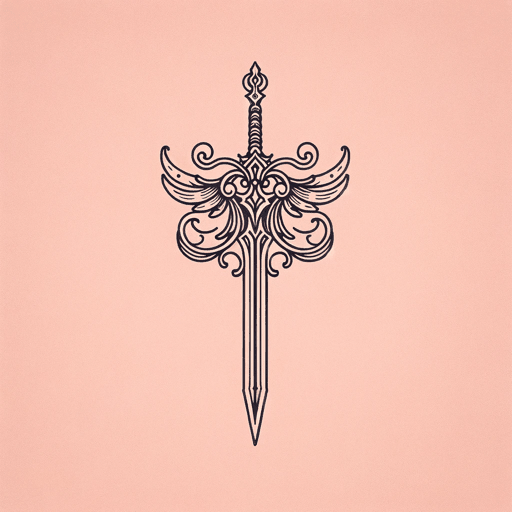
Chain of Gold
Cassandra Clare

City of Ashes
Cassandra Clare
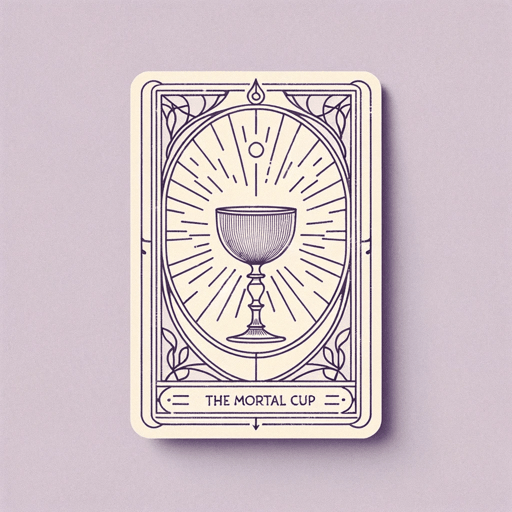
City of Bones
Cassandra Clare

City of Fallen Angels
Cassandra Clare
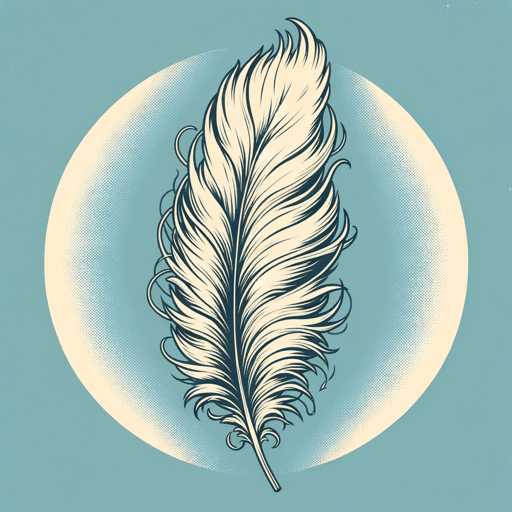
City of Glass
Cassandra Clare

City of Heavenly Fire
Cassandra Clare

City of Lost Souls
Cassandra Clare
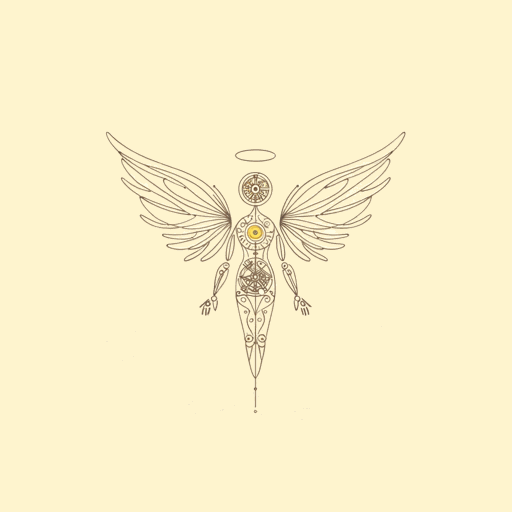
Clockwork Angel
Cassandra Clare

Doll Bones
Holly Black

Lady Midnight
Cassandra Clare

The Cruel Prince
Holly Black

The Darkest Part of The Forest
Holly Black
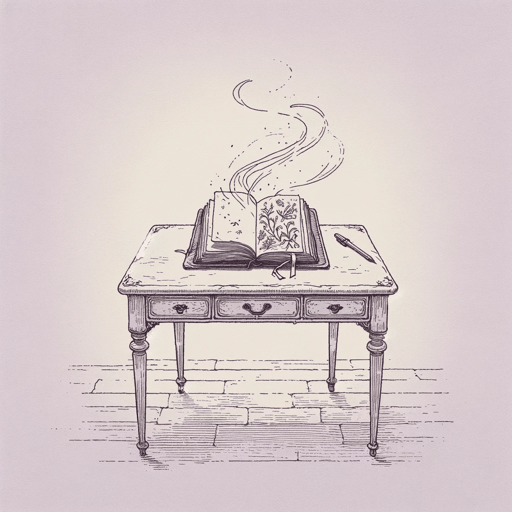
The Field Guide
Tony DiTerlizzi, Holly Black

The Queen of Nothing
Holly Black
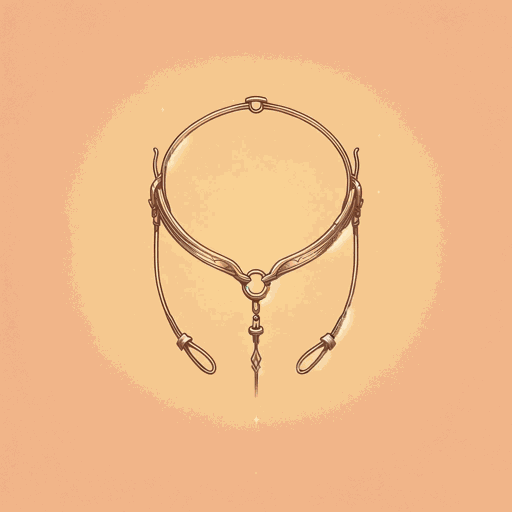
The Stolen Heir
Holly Black
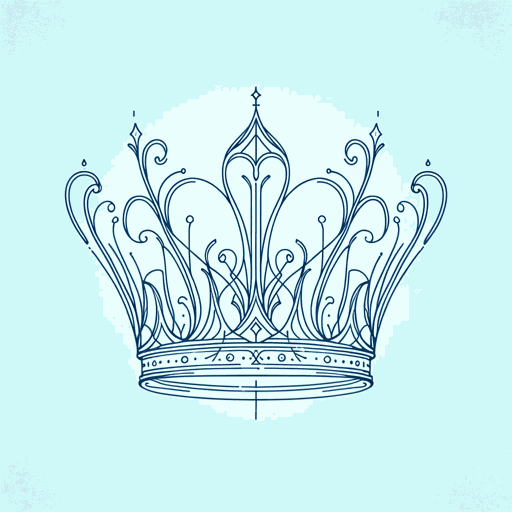
The Wicked King
Holly Black
